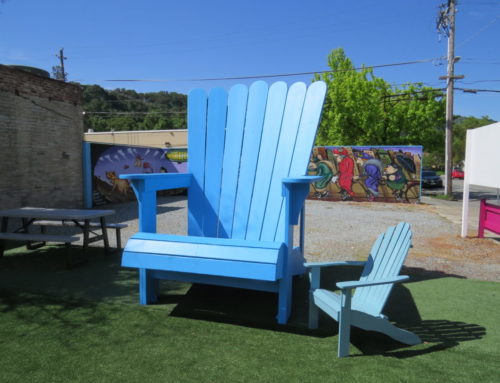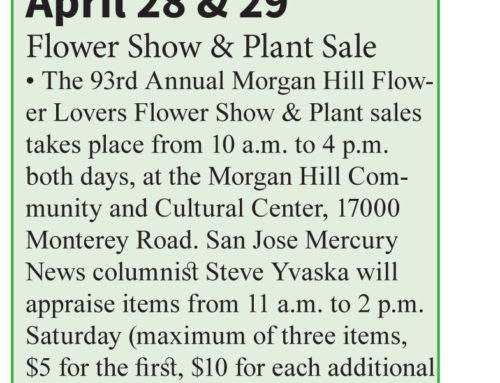Published in the July 23 – August 5, 2014 issue of Morgan Hill Life
By Paul Rakitin

Paul Rakitin
Let’s say you want to get fit and start running Morgan Hill’s San Pedro Ponds Trail. Before you begin, you’ll need to find a quality pair of running shoes. Finding a running shoe that provides the most benefit for your dollars can be daunting. Never before have runners seen so many brands and models to choose from offered by the specialty running shoe industry. But remember that not every running shoe is suitable for every person. Just like each individual’s running style, efficiency and experience might not be the same.
In the past decade we have seen companies claiming their shoe brands can provide a pain free experience while reducing injury and promote proper running mechanics.
These “minimally designed” shoes, such as the Vibram Five Finger brand, promote a barefoot running style and provide only enough out-sole material to prevent tearing or cutting your feet with no padding whatsoever in their shoe. A class action law suit was recently filed because of the company’s claims.
Aside from the possibly misleading advertising, was it the shoe itself that caused the injuries to so many people seeking refunds for the product they willingly purchased? Were runners misinformed on how to properly benefit from these shoes? Who would you sue if you had run barefoot on the grass or beach and ended up injuring yourself?
Running, as with any other physical activity, can be potentially harmful to your body. Every sport comes with its list of common injuries, so why should running be any different? And can you blame the shoe for the injury you experienced or the tennis racket or snow skis for the hurt shoulder, elbow or knee?
In the past five years the pendulum has swung to the other side with shoe manufacturers such as Hoka or Altra creating models that have two to three times more mid-sole foam than conventional models. This newer “maximal” category emerged from a growing desire for more padding underfoot for runners who prefer more impact absorption.
Many ultra-marathon runners use these maximal shoes and the trend is certainly growing. Just like the minimal category, these maximal brands might not work for you.
Companies are now offering models that also offer a variance in how much or how little the shoe drops from the heel to the forefoot.
Standard drops can range anywhere from 12 to four millimeters. Some brands offer shoes with no drop at all or a zero drop from heel to forefoot but still offer cushioning in the shoe. As with minimal shoes these can also take some time getting used to as they tend to promote more of a mid-foot than heel strike. Heavy heel striking is discouraged in any running shoe, even shoes that have more padding in that particular area.
Many seasoned runners actually have several pairs of shoes as training from day to day or week to week can change. Some people use lower profile shoes or racing flats or lightweight trainers for shorter, faster training workouts and a more cushioned shoe for logging longer miles.
Golfers don’t use the same club for each swing, nor surfers the same board for each wave. Using the same shoe for each run may not be ideal for that particular run that day. There is no right or wrong in any shoe you decide to use. The models are as specific to each person and each model offers something unique even within the same brand. Staying injury free and enjoying the experience is the most important goal.
Go ahead and read blogs and reviews if there’s a particular shoe you’ve heard about. Find a local specialty running shop that carries the model and try them on for a while. Spend some time running outside with them. All shops should allow you to do this. Each individuals experience differs greatly and all anyone can do is offer advice, but in the end it’s up to you to decide what feels best for your feet, body and running style.
Paul Rakitin is the owner of The Running Shop, 16999 Monterey Road, Suite D.






